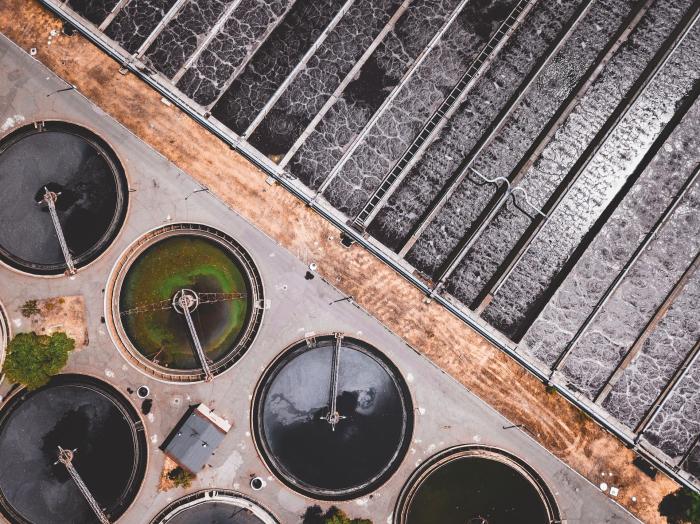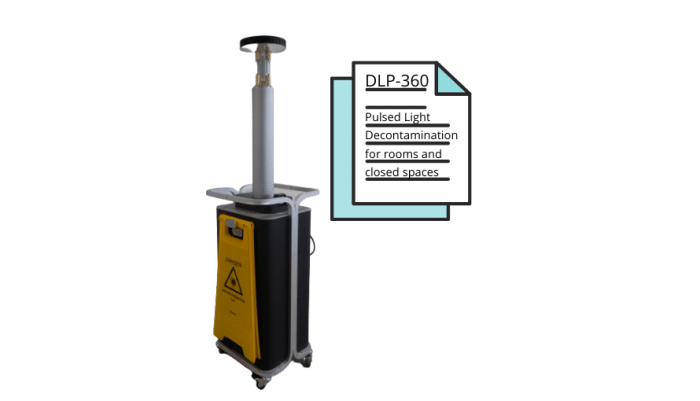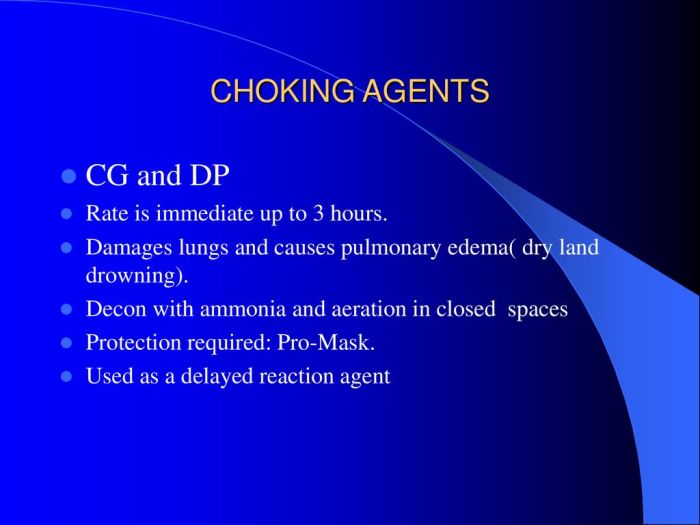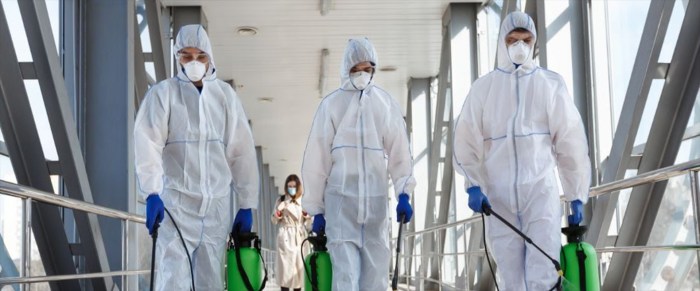Aeration in closed spaces is an effective decontamination – Aeration in closed spaces has emerged as an effective decontamination method, offering a promising solution to mitigate contamination risks. This comprehensive analysis delves into the mechanisms, applications, and best practices associated with aeration, providing valuable insights for maintaining air quality and ensuring a healthier indoor environment.
Definition and Importance of Aeration in Closed Spaces: Aeration In Closed Spaces Is An Effective Decontamination

Aeration refers to the process of circulating and exchanging air in enclosed spaces to maintain optimal air quality. It is essential for ensuring the health and well-being of occupants by removing contaminants, reducing humidity, and preventing the buildup of harmful substances.
Proper aeration is particularly challenging in closed environments, such as offices, schools, and homes, where air can become stagnant and polluted. Inadequate aeration can lead to a range of health issues, including respiratory problems, headaches, fatigue, and reduced cognitive function.
Mechanisms of Decontamination through Aeration, Aeration in closed spaces is an effective decontamination
Aeration plays a crucial role in decontaminating closed spaces by effectively removing and diluting contaminants.
- Air Circulation:Air circulation promotes the movement of air throughout a space, carrying away contaminants and reducing their concentration.
- Ventilation Systems:Ventilation systems are designed to bring fresh air into a space and exhaust stale air, enhancing air circulation and promoting decontamination.
Applications of Aeration in Decontamination
Aeration is widely used for decontamination purposes in various industries and settings:
- Healthcare:Aeration is essential in healthcare facilities to prevent the spread of airborne pathogens and ensure a safe environment for patients and staff.
- Laboratories:Laboratories often handle hazardous chemicals and materials, requiring proper aeration to minimize the risk of contamination and exposure.
- Industrial Settings:Industrial processes can generate harmful fumes and particles, making aeration crucial for protecting workers and preventing environmental pollution.
Best Practices for Effective Aeration
Ensuring effective aeration in closed spaces requires adherence to best practices:
- Ventilation System Design:Proper ventilation system design is crucial, considering factors such as space size, occupant density, and contaminant sources.
- Ventilation System Maintenance:Regular maintenance of ventilation systems is essential to ensure optimal performance and prevent breakdowns.
- Maximizing Air Circulation:Strategies to maximize air circulation include opening windows, using fans, and avoiding furniture or objects that obstruct airflow.
- Monitoring and Evaluation:Regular monitoring and evaluation of aeration effectiveness is necessary to identify areas for improvement and ensure compliance with standards.
Emerging Technologies and Innovations in Aeration
Advancements in technology have led to the development of innovative aeration solutions:
- Advanced Filtration Systems:High-efficiency particulate air (HEPA) filters and ultraviolet germicidal irradiation (UVGI) systems effectively remove contaminants from the air.
- Air Purifiers:Portable air purifiers can supplement ventilation systems by capturing and neutralizing airborne particles and pollutants.
- Ventilation Strategies:Novel ventilation strategies, such as displacement ventilation and demand-controlled ventilation, optimize air distribution and minimize energy consumption.
FAQs
What are the primary mechanisms by which aeration decontaminates closed spaces?
Aeration promotes air circulation, diluting and removing contaminants. It disrupts the buildup of airborne particles, reducing their concentration and minimizing the risk of exposure.
In which specific industries and settings is aeration commonly employed for decontamination purposes?
Aeration is widely used in healthcare facilities, laboratories, manufacturing plants, and other environments where contamination control is paramount. It helps mitigate risks associated with airborne pathogens, chemical vapors, and particulate matter.


